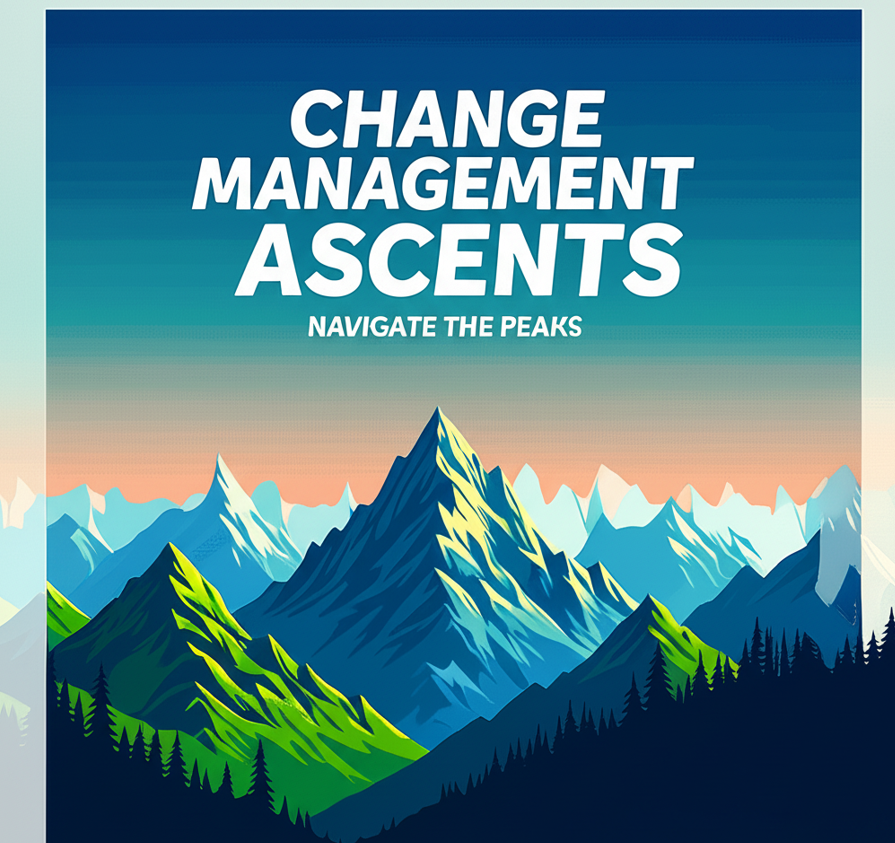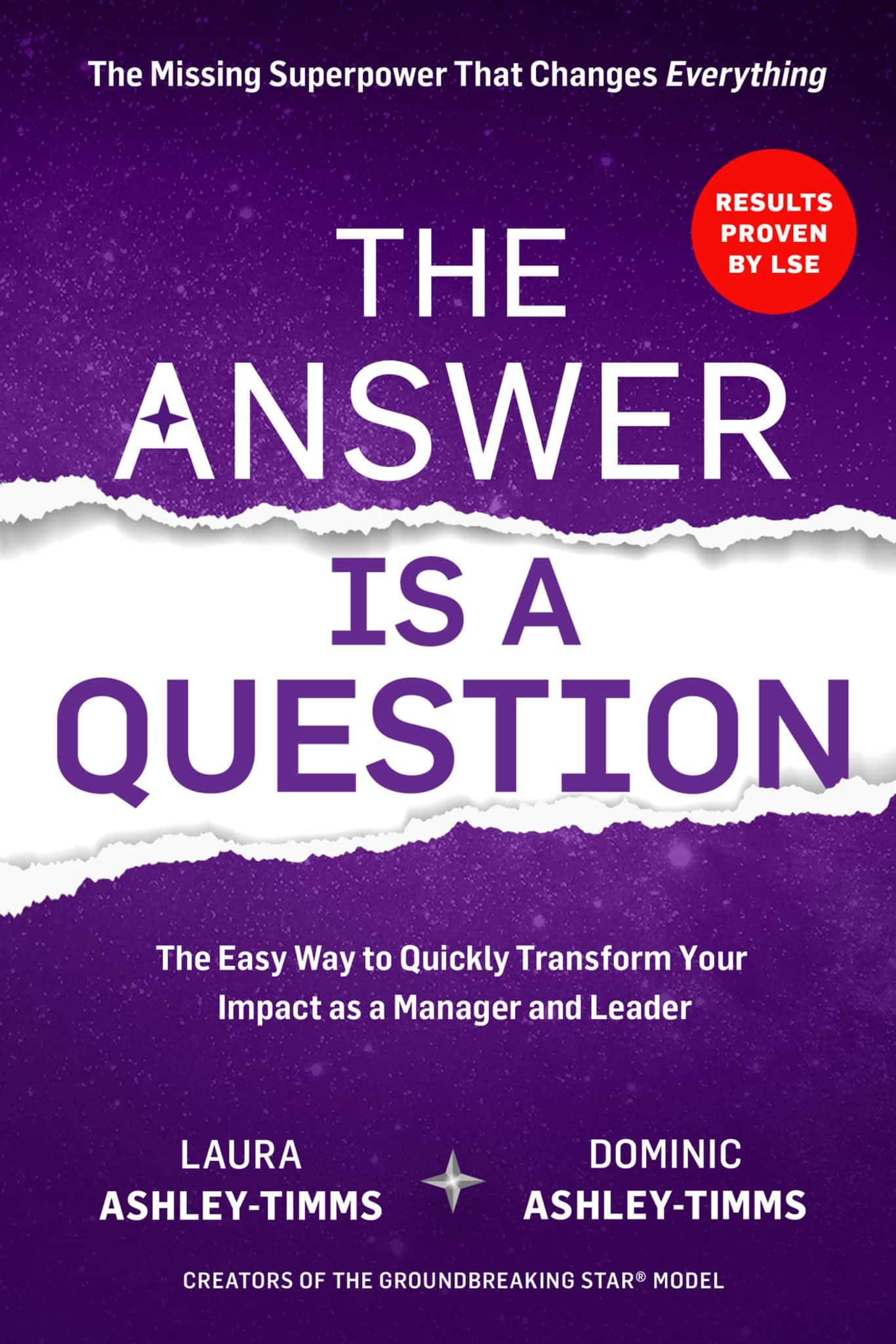Are you an "accidental manager"? Take these 4 crucial steps
Upskilling all managers and leaders is imperative if we are to solve the global challenge of poor management.

Key Takeaways
- Workplace managers are thought to have the same impact on people’s mental health as their partners.
- According to the Chartered Management Institute (CMI) 82% of all managers are “accidental managers,” promoted without guidance or training.
- Cultivating sustainable coaching cultures with less stressful work environments has never been more critical.
There is a global humanity crisis affecting our workplaces. And the cause? Poor management. According to Gallup’s 2024 State of the Global Workplace report, those who work in companies with bad management practices are nearly 60% more likely to be stressed than those working in environments with good management practices. Gallup also found that the 41% of employees reporting “a lot of stress” is a cause of a “rapid increase in incivility at work”.
Combined with the malaise of low levels of employee engagement, where managers again account for at least 70% of the variance, the cost to the global economy of this crisis is a staggering US$8.9 trillion (9% of global GDP), a significant enough figure Gallup says “to make the difference between success and a failure for humanity.”
As much as this is an economic problem, it’s also a societal problem because workplace stress and disengagement spill over into our home lives. 83% of US workers say they’re emotionally drained from workplace stress, and 76% say it affects their personal relationships. Managers have a decisive role to play in this, as research has shown that they have the same impact on people’s mental health as their partners.
Is any of this surprising when the Chartered Management Institute (CMI) has determined that 82% of all managers should be classified as accidental managers, promoted to people-management roles without guidance or training?
The UN’s 17 Global Goals for a fairer, better world include ‘decent work and economic growth,’ ‘good health and wellbeing,’ and ‘promote peaceful and inclusive societies.’ However, if organizations don’t act now to implement solutions, they will fail to commit to these goals. Untrained managers are being let loose on teams without the tools to lead them successfully.
Upskilling all managers and leaders is imperative to solving this global challenge. So, what changes can managers make to cultivate more inclusive, collaborative, and fairer workplaces where people can thrive?
#1 Ditch command-and-control
Because accidental managers are often promoted for their technical skills rather than any notable people management capability, and in the absence of guidance on stepping up from employee to manager, they typically adopt a command-and-control approach. Ill-equipped with the skills to help others develop, managers tend to do what they know best — fix their team’s problems by directing and telling them what to do.
This approach leaves little room for team members to think through issues and find solutions, inadvertently marginalizing them and creating a stressful working environment for staff and managers alike. Employees begin to worry that they must run every issue by their manager or solve new issues in precisely ‘the manager’s way,’ so the cycle continues with the manager stepping in to every problem, only adding to their already heavy workload. Consequently, staff become demotivated and disengaged by their lack of advancement, perceiving their manager as not having a vested interest in their growth, leading to poor productivity.
#2 Become “inquiry-led”
Accidental managers must instead take an enquiry-led approach to caring for their team members. This means learning to ask more powerful and stimulating questions that generate positive outcomes.
Questions are key to increasing performance and engagement and fostering an authentic connection with staff. Whenever a manager asks a well-intentioned question about a problem, they help engage the other person’s problem-solving capabilities by shifting their focus onto what they can change about the situation.
This opens employees up to a wealth of skills development. It can help them prioritize their tasks more efficiently, build confidence in their decision-making, and foster a more profound sense of purpose in their work. Questions asked purposefully indicate the manager’s belief in the employee’s capability to succeed, which lays a vital foundation of trust and collaboration that motivates staff to excel within the organization.
A good place for managers to start is by replacing “why?” questions with “what?” questions. Why-based questions can feel personal, like the employee is to blame somehow or that they’re being criticized, which can lead to defensiveness. Replacing why…? with what…? removes the (unintended) personal inference from a question and focuses on the situation itself. Then, the employee is more likely to be open to exploring specifics rather than feel that they need to justify or defend their actions.
#3 Cultivate a coaching mindset
For many organizations, developing coaching skills in their managers has become a popular response to stem declining employee engagement and rising stress. They have invested heavily in Manager as Coach-type programs yet have broadly failed to record meaningful behavioral changes among their management populations, or even integrate coaching successfully into the workplace. In fact, according to CIPD’s (Chartered Institute of Personnel and Development) 2024 Good Work Index, only 8% of respondents said they received any coaching.
One reason is that coaching continues to be taught as a transactional skill. Managers learn how to conduct formal, structured coaching sessions with employees only to discover that work doesn’t revolve around a series of sit-down, one-to-one conversations that this type of coaching demands. This approach isn’t fit for purpose in the “busy-ness” of work.
Instead, managers must develop a coaching mindset by increasing their situational awareness, stopping themselves from stepping into every problem, and instead practice asking insightful questions during daily staff conversations. This fundamental shift in mindset allows managers to identify coachable moments which afford the opportunity to encourage the development and continuous performance improvement of their teams.
This new form of coaching — Operational Coaching — brings coaching into the flow of work by developing a management style that is less directive (tell) and more engaging (ask). In an extensive randomized control trial conducted by the London School of Economics and Political Sciences (LSE) on behalf of the UK government, researchers proved that managers and leaders who learned these skills and adopted this Operational Coaching style spent an average of 70% more time coaching their teams in the flow of work.
#4 Shift from manager to enabler
We need a new mental model of management to overcome the centuries-old idea that it’s about managing people. Genuine people management should be about enabling others, helping them flourish, and bringing out the best in teams. Supporting staff on a journey of continuous performance improvement fundamentally changes the balance of the relationship. Instead of being perceived as the boss, with staff bringing problems to direct, managers shift accountability back to the individual by stimulating their thinking and helping them gain confidence to take action. Enabling and empowering them establishes a more equitable relationship and transforms managers into enablers.
Conclusion
By ditching the prevailing command-and-control approach and learning to adopt an Operational Coaching style, managers can truly enable their staff to succeed. This ultimately has a domino effect in organizations: Managers feel more confident in their ability to support their teams, staff become more engaged and motivated to develop, and the culture becomes less stressful, more collaborative, and inclusive for everyone.
Cultivating sustainable coaching cultures with less stressful work environments has never been more critical. The key to solving this global challenge is reinventing the role and perception of managers and leaders and equipping them with the modern engagement skills needed to invite the full and willing participation of the workforce.
Author:
Dominic Ashley-Timms



